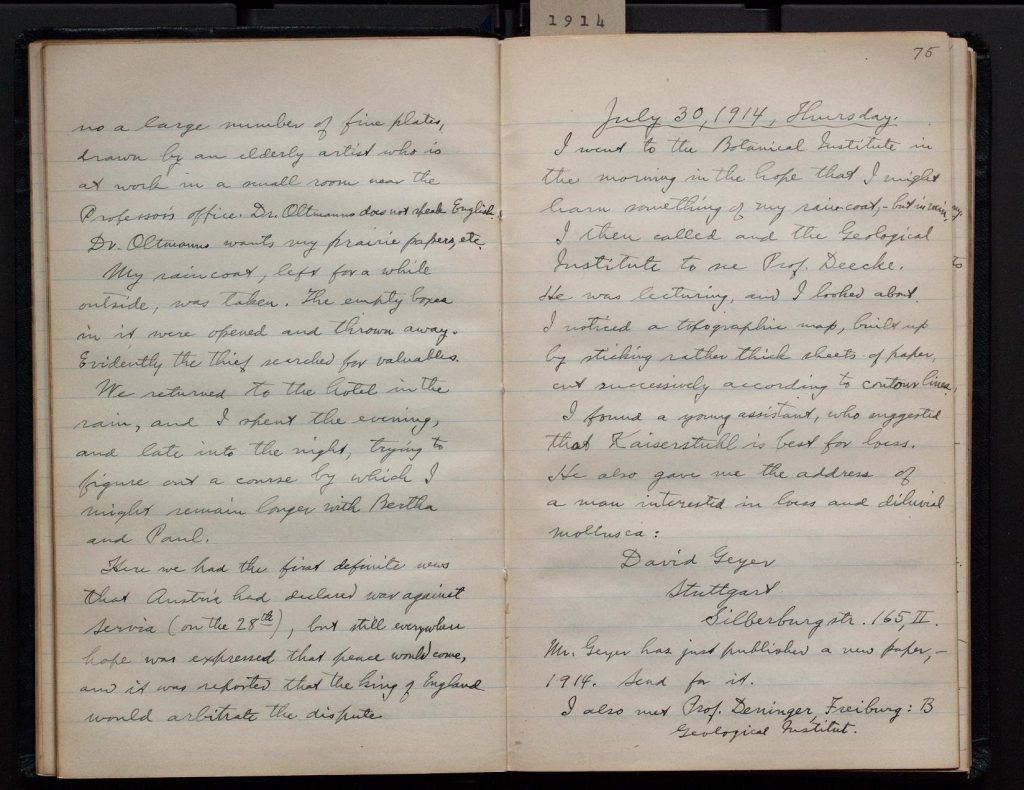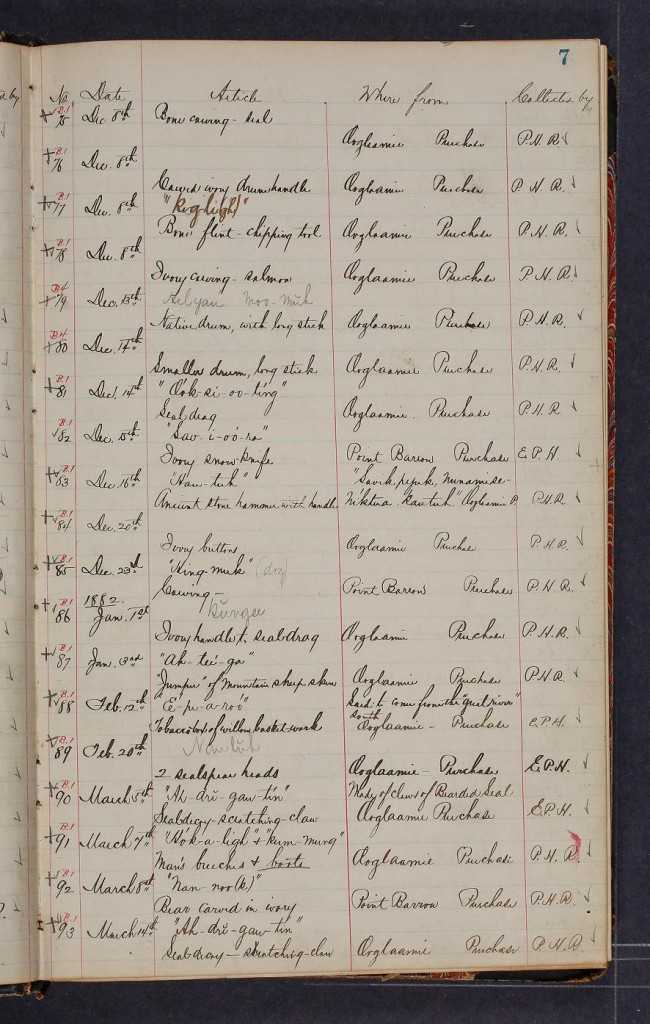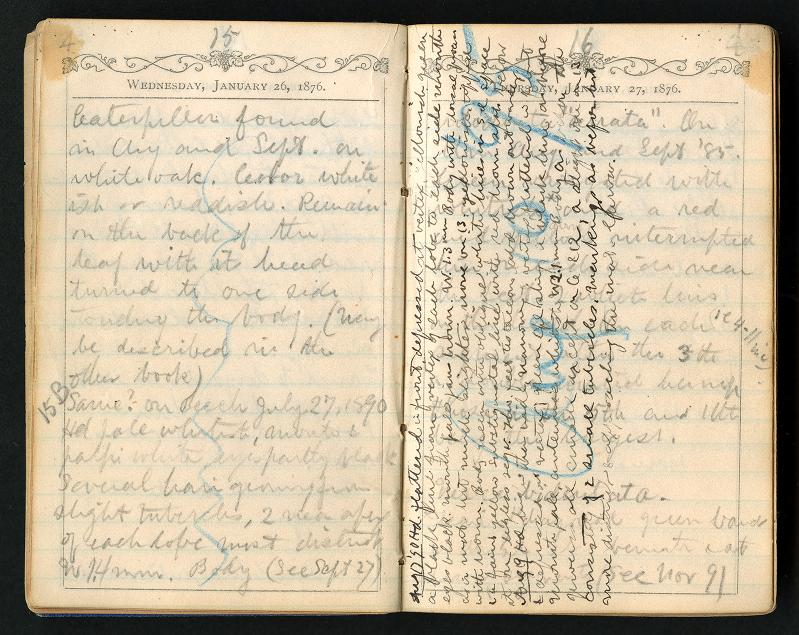It’s National Handwriting Day! The Smithsonian Field Book Project, a joint initiative between the Smithsonian Libraries, Smithsonian Institution Archives, and National Museum of Natural History to uncover, catalog, digitize, and share online the primary source records of scientific research done at, by, and for the Institution, celebrates this day with a showcase of some of the handwriting samples encountered during the project work. The Project works with materials stretching back almost 200 years, to 1816, and therefore often runs across examples of both very good and very bad handwriting.
Recently, we digitized two field books from Bohumil Shimek, a botanist, zoologist, and geologist whose field books came to the Smithsonian along with his extensive collection of specimens after his death in 1937. He is well-known for his long career and extensive study of the geology and ecology of the American prairies, particularly in his home state, Iowa, where the remainder of his extensive archive is held. Below is a page from his 1914 journal showcasing his elegant handwriting. Though the ink has faded with time, is still extremely legible – certainly legible enough for the reader to see, at the last paragraph of the left-hand page, Shimek note that he had the “first definitive news that Austria had declared war on Serbia,” and though he did not know it at the time, the first news that WWI had begun.

Another example of the handwriting found in field books comes from someone close to the heart of the Smithsonian Libraries. John Murdoch was a naturalist, anthropologist, and the Librarian of the Smithsonian Institution from 1887 to 1892. . He was sent by Secretary Spencer Baird on the U.S. Army Signal Corps International Polar Expedition to Point Barrow, Alaska, from 1881-1883, as part of the first International Polar Year. Though the main goal of the expedition was to collect geophysical and meteorological data, Murdoch interacted regularly with the local population and collected extensive natural and cultural objects for future ethnographic study. In the image below from his journal “Record of collections made by the Point Barrow Polar Expedition, 1881-1883,” the dark ink spells out some of the items from his time there. These include ivory carvings of a seal and a salmon, two drums, an ivory snow-knife, a tobacco box of willow basket-work, and a man’s breeches and boots, along with his spelling of the terms for those items in the Native language.

Not all field books are so beautifully legible, however! The Smithsonian Transcription Center “volunpeers” are currently hard at work at transcribing a field book from Harrison G. Dyar, an entomologist known for his work with moth and mosquito life cycles. Dyar was well-known in the DC area, a highly opinionated and independently wealthy individual often remembered more for his complicated personal life and odd penchant for digging deep, multi-layered, concrete-walled tunnels below his homes. He was also thrifty and wrote between and across previous journal entries, and even re-purposed grocery ledgers from his wife, writing between the lines to avoid having to purchase new books. Below is an image from one of his field books, hardly legible to the casual reader, but documenting the primary source observations of an extremely important scientist nonetheless!

Last, but not least, we of the Field Book Project staff took a moment to write a sentence or two in cursive and attempt to read them back to one another. Thankfully, we are all still able to read even the sometimes poor handwriting of our colleagues, but at a time when handwriting is no longer being taught in schools and is being replaced, in practice, by typing, at what point will the ability to read it be rare enough to hinder research in these kinds of valuable primary source collections? Happy National Handwriting Day, and signing off until next time!
-Julia Blase and Lesley Parilla

Be First to Comment